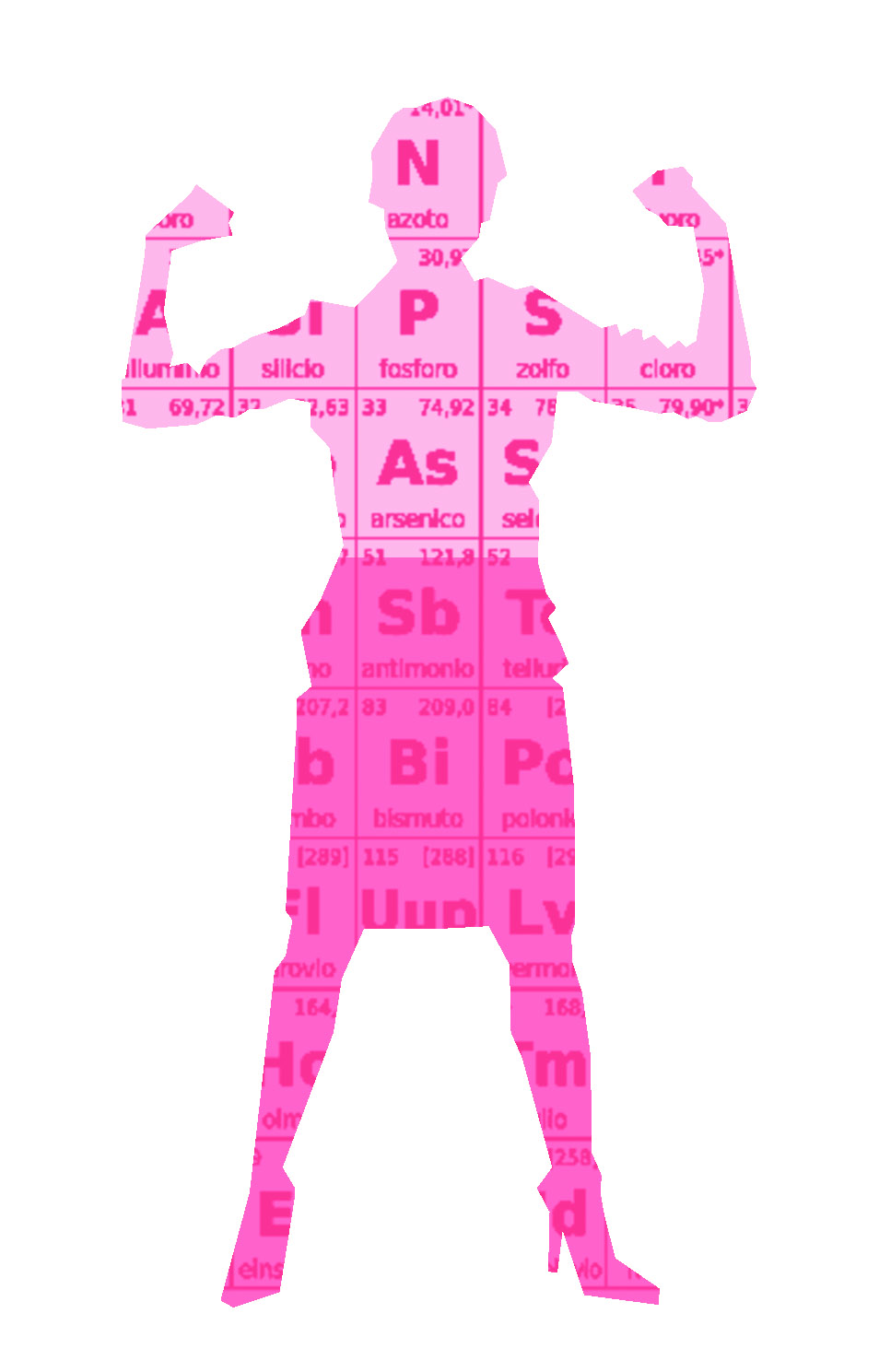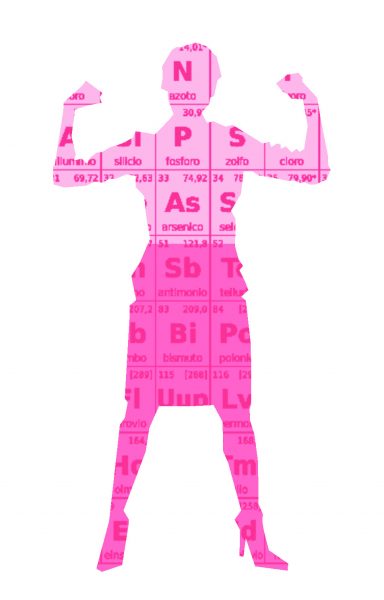

In recent years, the STEM industry has excelled at a rapid pace and continues to play a paramount role in the U.S. economy. STEM jobs have doubled since the Industrial Revolution and more than 6.6 million STEM jobs need to be filled by 2022. However, despite representing almost 50 percent of the U.S. workforce, only 24 percent of women work in STEM.
This gap is not only present nationwide, but is also consistent at Aragon, as seen through the participation of girls in advanced STEM courses. Math teacher Behrooz Shahrvini sheds some light on his Multivariable Calculus class.
“This year about 25 percent of the girls are enrolled,” he said. “There generally aren’t many girls in this course.”
Why is it that few female students at Aragon are participating in advanced STEM courses?
“Girls are not encouraged enough to enter these fields nearly as much as boys are,” said senior Sam Rose. “By the time they [apply] for a job, they didn’t have the prerequisites in high school and college to do it.”
Rose hopes to pursue a career in astrophysics.
Currently at Aragon, females only make up 36 percent of computer science classes, 22 percent of the Multivariable Calculus class, 16 percent of Engineering Tech, and a dismal 10 percent of the Physics C class.
Shalie Jonker, the Chief of Staff at Box, a cloud storage company, shares her experiences of being a woman in the workplace.
“It becomes a self-reinforcing cycle where there are very few women in these STEM [classrooms] then it just gets intimidating for the women who are there,” she said. “You might think twice like do I really belong here, should I really do this?”
Rose elaborates on this absence of females in advanced STEM courses at Aragon.
“I’ve always been glad to have at least one other girl in my classes,” she said. “I’m not just representing myself in the class. If I fail, they aren’t going to say ‘Sam doesn’t know what’s going on’, they will probably say ‘Girls don’t know how to do this stuff.’”
Another female student shares a similar experience as part of a male-cominated class.
“The learning experience would be more empowering if there were more girls like me. Being in a smaller minority, it’s harder to be seen in the same light as my male peers.”
Alicia Seiger, a lecturer at Stanford and a business woman in STEM, affirms this bias in the workplace.
“There’s all sorts of implicit bias that goes into the process in terms of selection and retention,” she said. “Then there’s a lifestyle issue certainly … There’s a lot that works against working mothers in those opportunities.”
Research at the University of Arizona demonstrates a different explanation for the lack of women in STEM. According to this research, stereotypes can drive women to quit science. This research explains that when women do not see people similar to themselves represented in a field, they feel out of place and unsuited, further continuing the cycle that discourages women from entering STEM.
“I get very frustrated with what I call ‘manels,’ panels with all men,” Sieger said. “We go to a lot of industry conferences where all of the speakers are men.”
As the conversation continues, its tone changes to a more positive and solutions focused one.
Rob Siegel, partner at XSeed Capital and Stanford Graduate School of Business professor, shares his thoughts on this subject.
“In the last five years we are starting to see that rise and that climb up,” Siegel said. “I see many more women in the Bay Area interested in [STEM] and many parents are supportive of their decision. I see schools trying to work really hard and special programs designed for girls in STEM.”
On a more positive note, Jonker spots improvement of women in the STEM workforce.
“For the new hires that we are hiring [in Box] we do see a lot more women,” she said. “We see the tide changing.”
Siegel offers a path forward.
“The question that we need to ask is ‘are we creating environments for our children, our sons and our daughters, that can allow them to be successful at any path they choose to want to go after?’” he said. “[It] is important to let them know that there’s no reason that they can’t do it. And more importantly, as the number of women in STEM grow, that will create more opportunities for the next generation to follow.”
At Aragon, the spirit of women wanting to be in STEM continues to be strong.
“I still believe that we can do as much as anyone else,” said sophomore Sara Nasserzare. “We are all people looking forward to doing something great. And if that’s the real goal, it doesn’t matter if you are a female or a male.”
Awareness of the gender gap has become more evident over the years, so there have been efforts to lessen it. Programs like the Seeds of Change initiative at Stanford offer a stepping stone to bridge the gap between girls interested in STEM in high school and successful technology careers.
“Every morning I wake up to my son and my two daughters and my students and I want them all to feel empowered on the things that they are good at,” Siegel said. “Specifically, with women in STEM, I don’t want any woman to feel like she can’t go into STEM because she’s a woman … I want everyone to feel like they have a shot at whatever path they choose.”



